May 7 – June 18, 2017
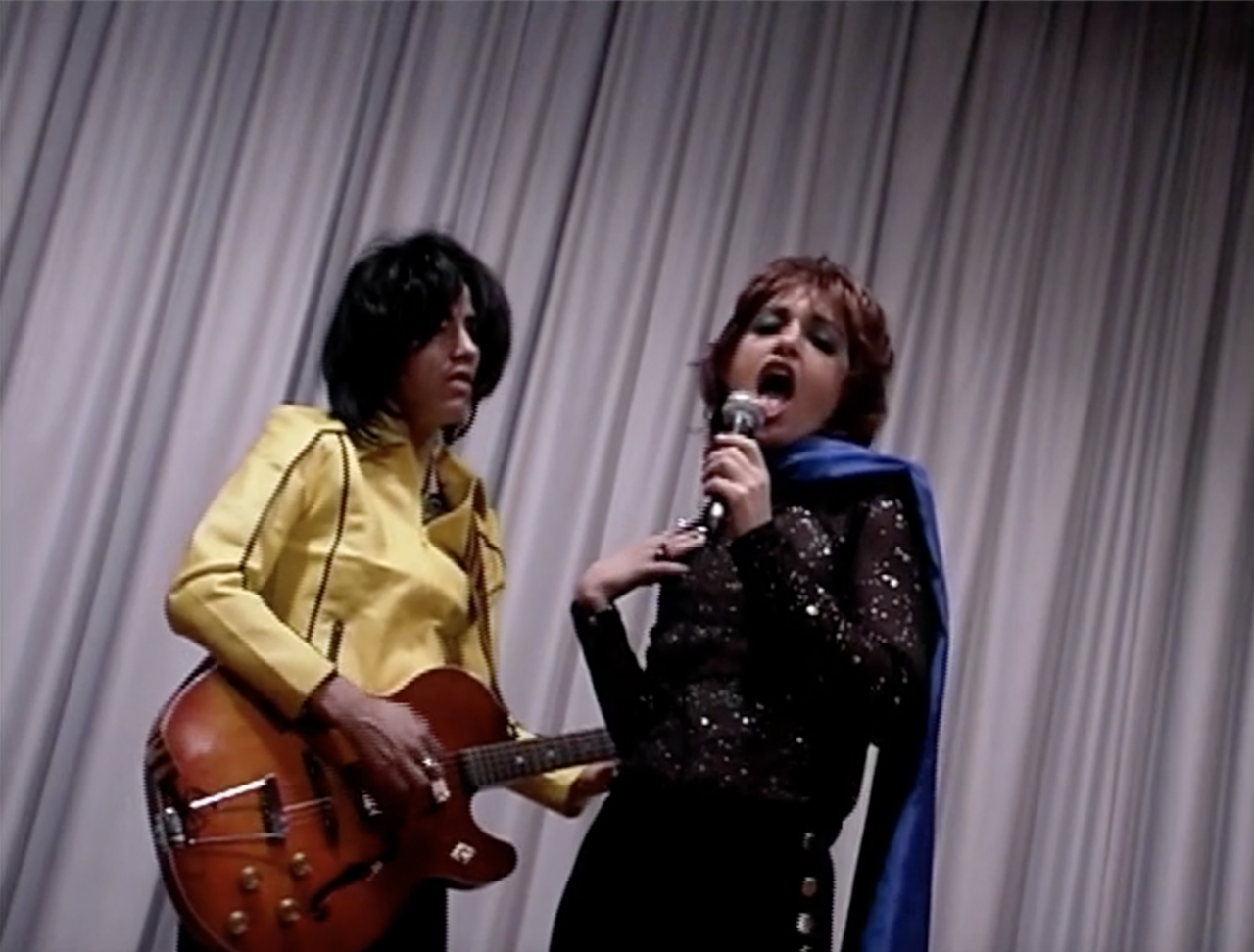
May 7 – June 18, 2017

If one considers telling a story, it is always a question of how to determine the difference between what is meaningful and what is trivial. Sometimes, after all, what at first appears meaningful we later assign to the trivial. At other times, the assignation of value goes in the opposite direction. What is at first trivial later becomes, apparently, profound.
This sense of a shifting emphasis is one of the conceptual principles that informs The Anita Pallenberg Story: what happened in the past never changes, but our understanding of it does, more often than not. Our approach to the Rolling Stones of circa 1968—their lives, their legend, their music, their art—is comprised of a reading that is dependent on the personal narratives of Leslie Singer and myself, as well as on the interpretive models made available to us through post-1960s schemas of cultural production, as offered by performance art, identity politics, women’s liberation, gay rights, and Black Power.
Rock and roll is one of the most vital art forms to emerge in the 1960s. During its energetic development through this decade, the primary producers, of which the great band called the Rolling Stones was one, were often struggling to assimilate their new genre into the high aims and tradition of art—and they most often fell down. The irony for us is that it appears, in the 1990s, that the contemporary fine art arena is overwhelmed by people who want to call themselves artists but who are attempting to model their practice on rock stars, mimicking the very people who once wanted to be them—who aspired to be artists and make art. This is a debased misunderstanding. This is a silly mistake. This is a funny twist of fate. This is the basis of The Anita Pallenberg Story.
– Laura Cottingham, New York, July 1999
The Anita Pallenberg Story
Laura Cottingham & Leslie Singer, 2000
Digital video, 76 min
Cast:
Cosima von Bonin as Anita Pallenberg
Nicole Eisenman as Keith Richards
Laura Cottingham as Mick Jagger and Brian Jones
Patterson Beckwith as David Bowie
Lucas Michael as François de Menil
Chuck Nanney as Kenneth Anger
Steven Parrino as a Hells Angel
Amy O’Neill as Biker Girl
Ghada Amer as a Rolling Stone reporter
Rainer Ganahl as a Vogue photographer
Stephanie Theobald as Julie Burchill
Gavin Brown as Andrew Loog Oldham, the band’s manager
Colin de Land as Robert Fraser, the Soho art dealer
Peter Norton as The Pizza Delivery Boy
Aaron Cobbett as Aaron, the band’s makeup artist
Clarissa Dalrymple as Tony Sanchez, the band’s drug dealer
Yvonne Force, John Yau and others as themselves
Leslie Singer and Laura Parnes on camera; Quinn K. Pawlan on lights; Ken Okiishi on sound; jewelry by Danny McDonald / Mended Veil; and hair and makeup by Aaron Cobbett, with James Vincent assisting. Editing on the rough cut and the trailer was done in San Antonio, Texas, with Alison White at Railyard Productions.
Laura Cottingham is a writer, artist, and filmmaker based in New York. Her books include Seeing Through the Seventies (1999), a collection of Cottingham’s essays on feminist art; Lesbians Are So Chic… (1996), her polemic on lesbian culture as constituted through mainstream media; and her book for BFI’s film classics series on Rainer Werner Fassbinder’s Fear Eats The Soul (2005). She has contributed to many art publications and exhibition catalogues, including on the work of Hannah Wilke, Mona Hatoum, Lorraine O’Grady, and Claude Cahun. Cottingham has curated two museum surveys in Europe devoted to feminist issues and history: Incandescent for NowHere at the Louisiana Museum of Modern Art, Denmark (1996); and Vraiment feminisme et art at Le Magasin Centre National d’Art Contemporain de Grenoble, France (1997). Cottingham taught contemporary art issues in the College of Art at Cooper Union for the Advancement of Science and Art for more than a decade.
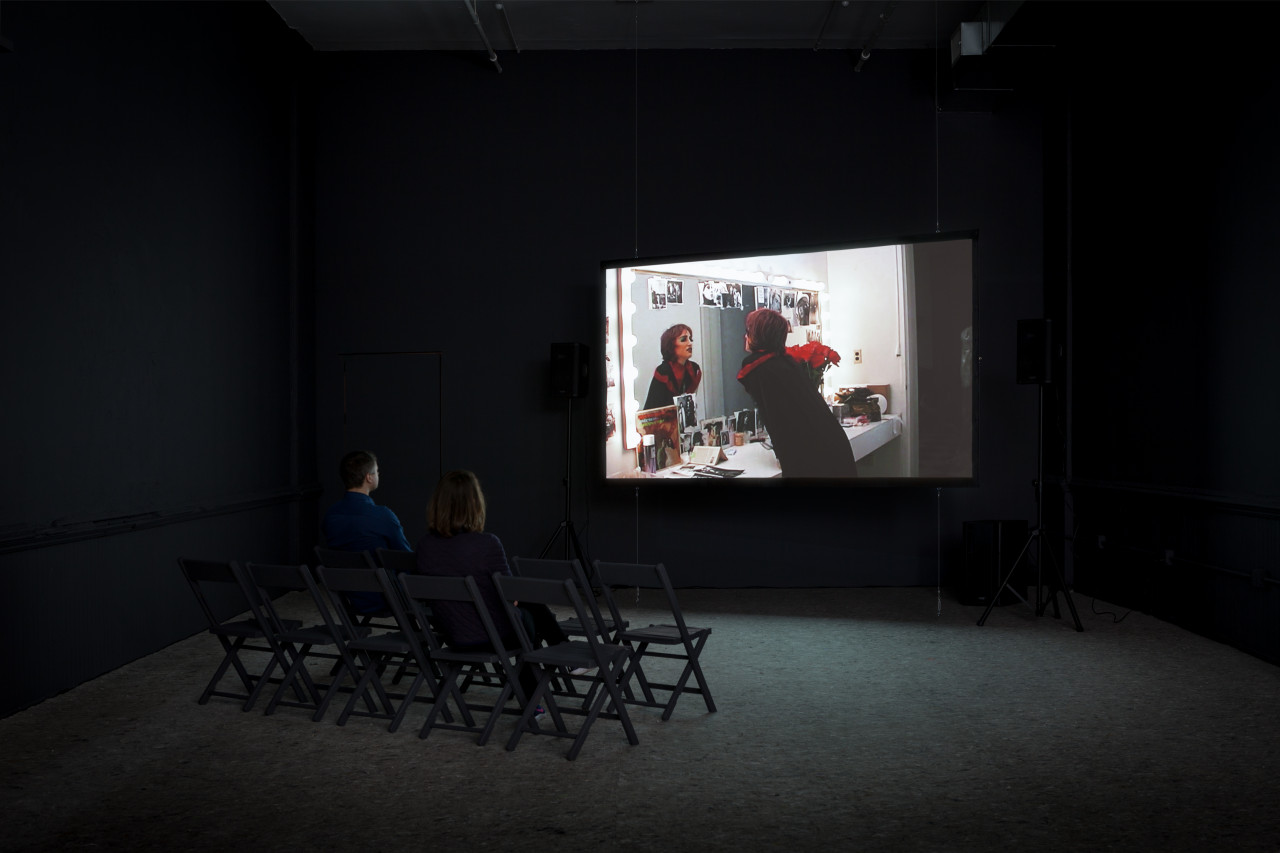
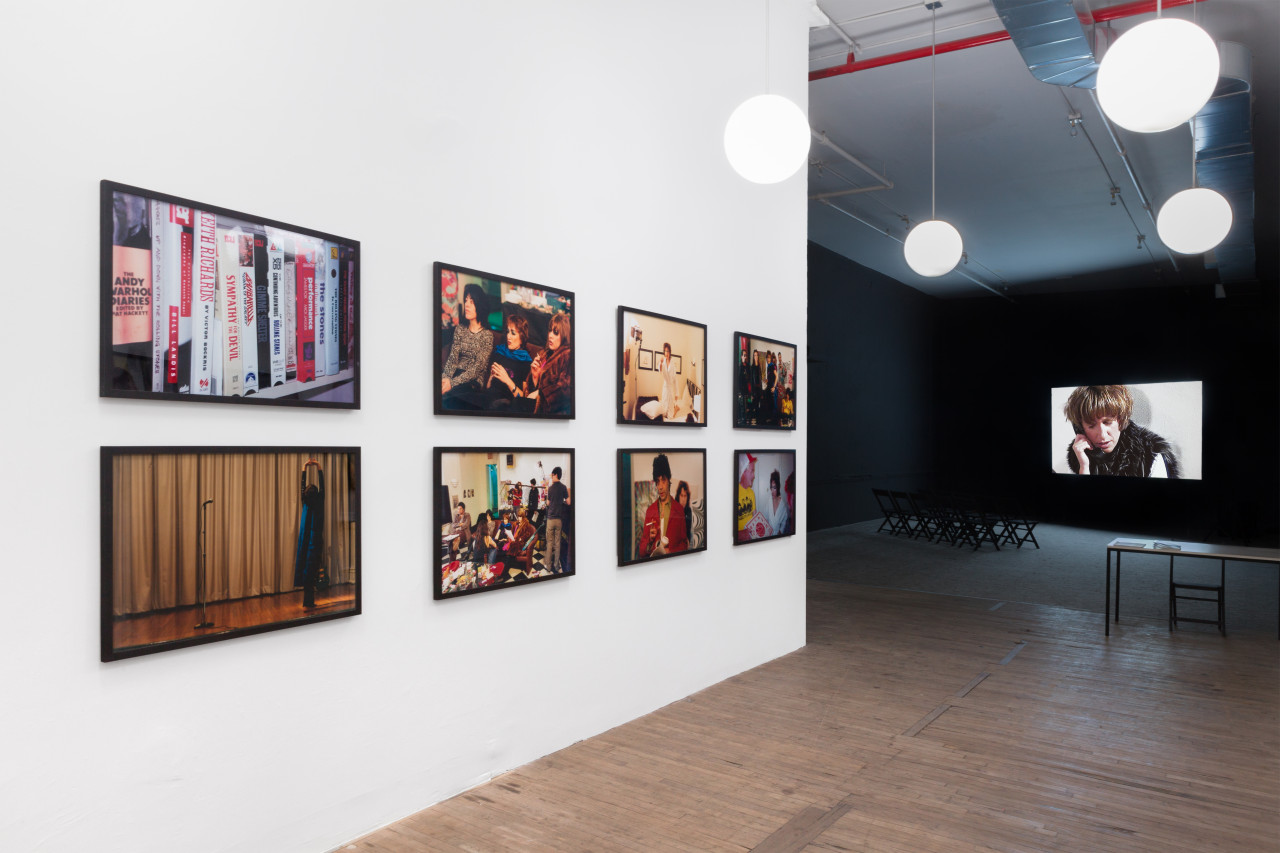
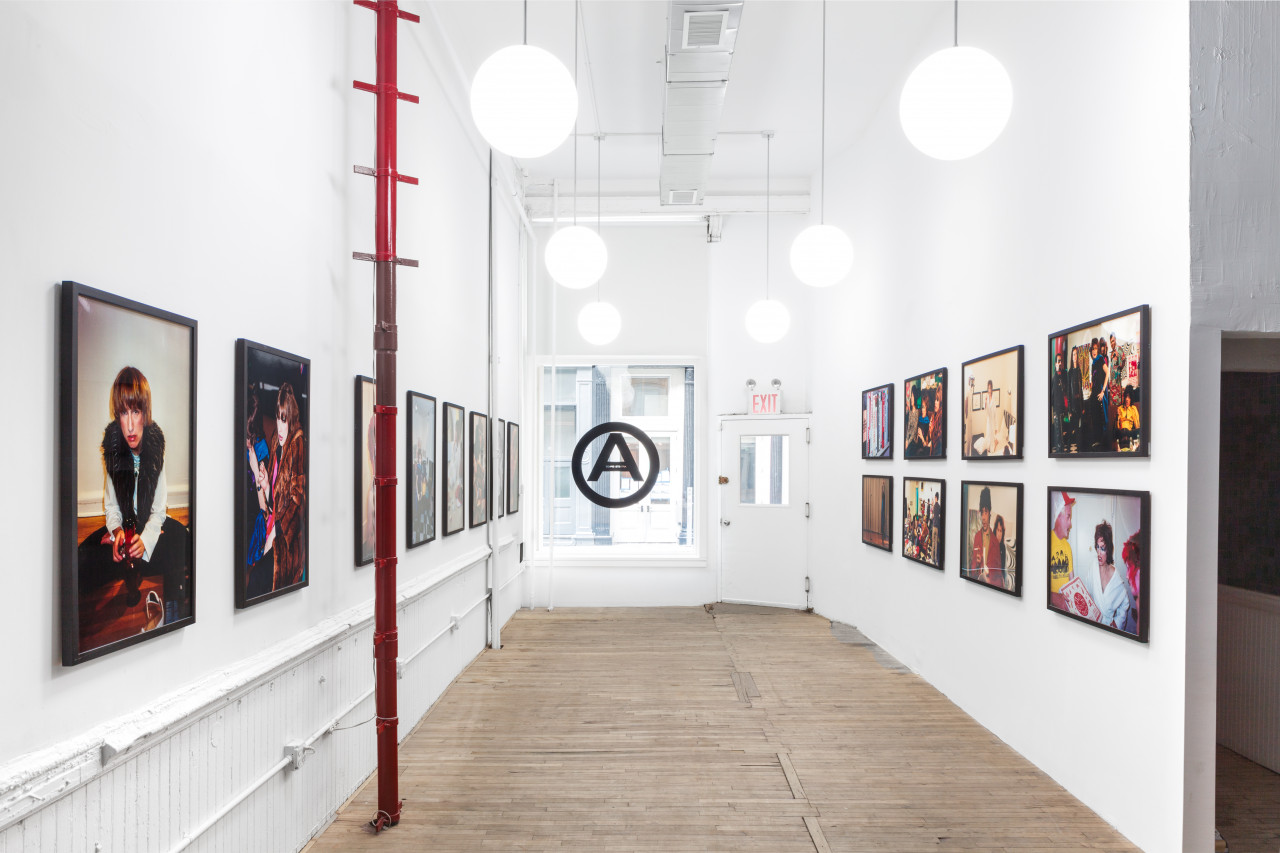
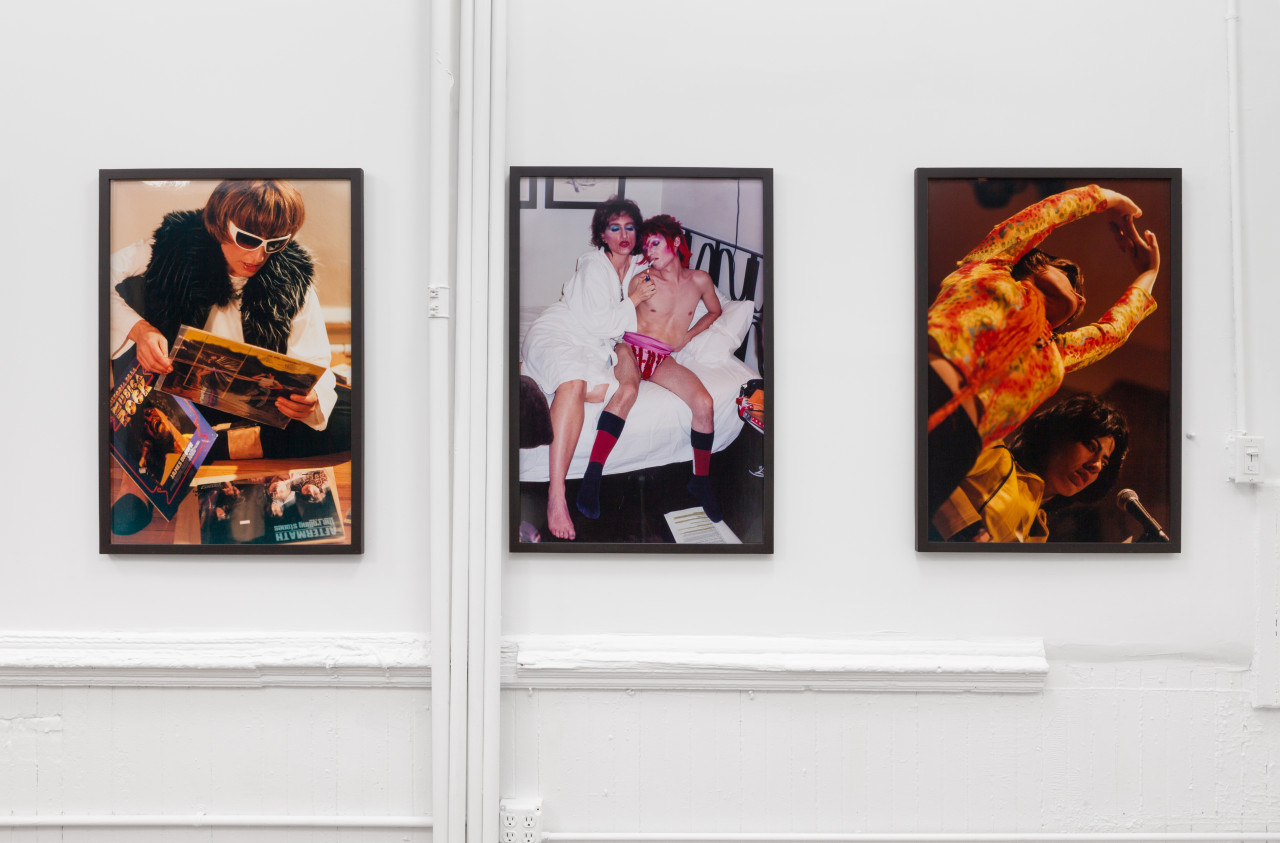

Exhibition Supporters:
The Friends of Artists Space, The Artists Space Program Fund, Lambent Foundation Fund of Tides Foundation, New York City Department of Cultural Affairs in partnership with the City Council, New York State Council on the Arts with the support of Governor Andrew M. Cuomo and the New York State Legislature